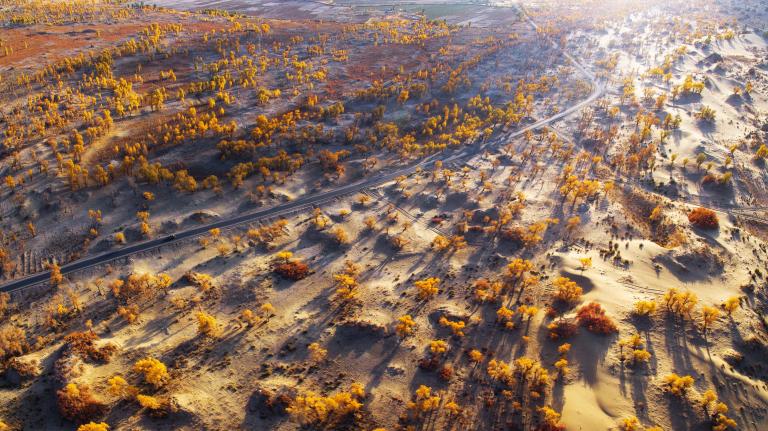Frequent gale in xinjiang
2 min readXinjiang is one of the windy provinces and regions in China. The topography of Xin, jiang, “three mountains embracing two basins”is about the alternate mountains and basins, where the basins are surrounded by mountains with multiple passes and bottlenecks. The unique topography causes the diversity of wind direction and speed in allplaces of Xinjiang. In general, the wind speed in Northern Xinjiang is larger than that in Southern Xin jiang, in mountainous areas larger than in basins (that is, it is larger in the east and west of Northern Xin jiang and the east of Southern Xinjiang, and smaller in the interior of Junggar Basin and Tarim Basin), in high mountains larger than in mid-to-low mountains; most areas with large wind speed are wind gaps, canyons or river valleys, distributing in sporadic type. Especially in the wind gaps and wind zones in Northern Xinjiang and Eastern Xin, jiang, the annual average wind speed is over 6 m/s. In Shisanjianfang, Kumul, the largest wind speed exceeds 40 m/s. “The river is full of gravel as big as buckets, while the windcan blow it around”which is a true portrayal of the fierceness of high wind in Xinjiang.

In spring, the gale blows severely in all places around Xin jiang. In the “Thirty Li Wind Zone”along the Lan-Xin Railway in the northwest of Turpan and the “One Hundred Li Wind Zone”and other places, the number of days with gale over force grade 8 exceeds 100. The number of gale days of the whole year is up to 75. At Alataw Pass, the gale blows all year round, so even the vegetation along the roads is blown to grow to one direction.

In Xin jiang, the wind is strong, which have both disadvantageous and advantageous.The 9 large wind zones in Xinjiang own excellent superb wind energy resource conditions for the construction of large-scale wind power farms. The installed capacity of wind power farm of Dabancheng ranks the first in Asia and second in the world.









